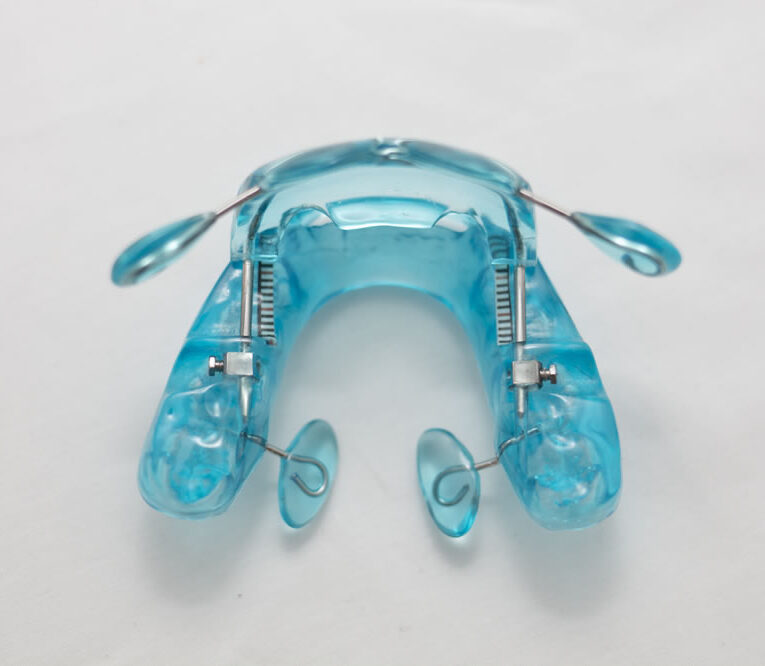Which repositions the jaw and tongue to open up the airway and promote proper breathing.
A non-invasive laser treatment is also available to reduce snoring and improve breathing during sleep.
Obstructive Sleep Apnea (OSA) is characterized by repeated episodes of partial or complete blockage of the upper airway during sleep. These episodes lead to reduced or completely stopped airflow despite ongoing efforts to breathe, which, in turn, can result in disrupted sleep and decreased oxygen levels in the blood. Common symptoms of OSA include loud snoring, gasping for air during sleep, excessive daytime sleepiness, and difficulty concentrating. Therefore, if you experience any of these symptoms, please contact us to discuss further.
Furthermore, OSA can lead to serious long-term complications if left untreated. These complications include cardiovascular disease, stroke, hypertension, diabetes, increased risk of motor vehicle accidents (MVA), and decreased quality of life due to chronic fatigue and cognitive impairment. Thus, timely detection and treatment of OSA can lead to better outcomes.
In general, there are three main treatment strategies. Firstly, surgery, which is invasive and has a high relapse rate over time. Secondly, continuous positive airway pressure (CPAP), which, unfortunately, has high non-compliance rates. Thirdly, oral appliance therapy (OAT), which has a better compliance rate. Notably, studies have shown that OAT provides comparable results to CPAP in treating OSA and offers a viable alternative.
Specifically, OAT is a dental appliance used in the treatment of certain sleep-related breathing disorders, particularly OSA and snoring. It’s a non-invasive and non-surgical option designed to help open the upper airway and promote better airflow during sleep. The OAT looks somewhat like a mouthguard and is custom-fitted to the patient’s teeth and jaw.
The primary function of an OAT is to advance or reposition the lower jaw (mandible) slightly forward during sleep. By doing so, it helps prevent the collapse or narrowing of the upper airway, which is a common cause of snoring and sleep apnea events. Consequently, by keeping the airway open, it reduces the likelihood of interruptions in breathing and can lead to improved sleep quality and reduced symptoms associated with sleep apnea.
Importantly, OATs are considered one of the conservative treatment options for sleep apnea and are often recommended for individuals with mild to moderate obstructive sleep apnea who prefer a non-surgical approach or are unable to tolerate CPAP therapy. They are custom-made by a dentist or dental specialist to ensure a proper fit and effectiveness.
Finally, it is important to note that the use of an OAT should be under the guidance of an experienced dentist with expertise in dental sleep medicine to ensure it’s suitable for the individual’s specific condition and needs.
Presenting Our OASYS Appliance for OSA Treatment:

At our clinic, we specialize in treating mild to moderate Obstructive Sleep Apnea (OSA) using the OASYS appliance. This remarkable oral appliance therapy, invented by Dr. Mark Abramson himself, is renowned for its comprehensive approach to OSA management.
What Sets the OASYS Appliance Apart:
The OASYS appliance is meticulously handcrafted to target several crucial factors contributing to OSA:
Are You a Suitable Candidate for the OASYS Appliance?
The OASYS appliance is thoughtfully designed to fit comfortably over the lower teeth, making it an excellent option for most patients including those with complete upper dentures or those using Invisalign trays. However, it’s important to note that if you’re currently experiencing jaw pain, addressing this concern is our top priority before proceeding safely with this oral appliance therapy.
NightLase is a laser therapy procedure that’s often used for the treatment of snoring and certain cases of mild sleep-disordered breathing, particularly when sleep apnea is not present or is very mild. It’s considered a non-invasive and non-surgical treatment option.
Here’s how NightLase works:
Laser Treatment: During a NightLase procedure, a specialized laser is used to heat and tighten the tissues in the back of the throat and palate. This tightening process is designed to reduce the vibration and fluttering of soft tissues that can cause snoring.
Collagen Production: The laser energy stimulates the production of collagen in the tissues. Collagen is a protein that provides structural support, and the increased collagen can help stiffen and tone the soft palate and throat tissues.
Multiple Sessions: Typically, NightLase is done in a series of treatment sessions, usually spaced a few weeks apart. The exact number of sessions may vary depending on the individual and the severity of their snoring.
The advantages of NightLase for snoring treatment are that it’s a non-invasive, non-surgical procedure, and it doesn’t require any anesthesia. Patients can generally resume normal activities immediately after each session.
However, it’s important to note that NightLase is most effective for snoring caused by tissue laxity and vibration in the throat, and it may not be suitable for some cases of sleep apnea or other underlying medical conditions. As with any medical procedure, it’s essential to assess your specific condition before recommending the most suitable treatment approach for you.

(650) 369-9227
office@drtmjsleepapnea.com
Hour: Mon, Tue & Wed (8am-5pm)
1785 San Carlos Ave, Unit 4, San Carlos, CA 94070
Copyright © NorCal TMJ & Sleep Apnea.